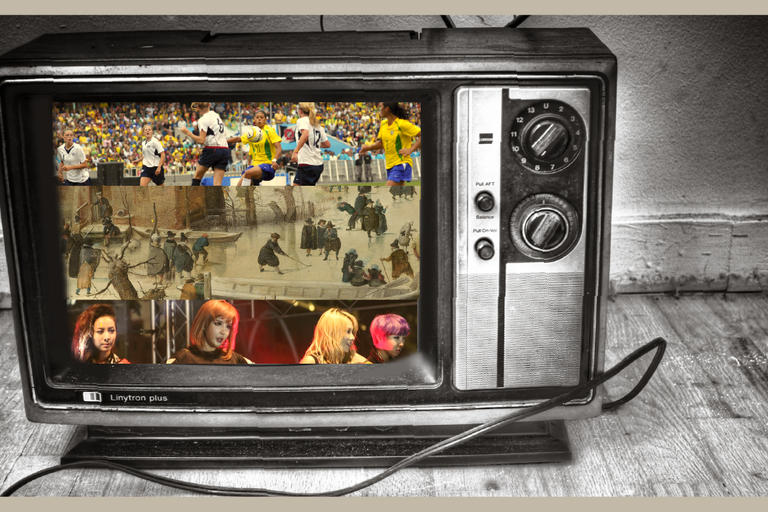Hits and Misses: Gender, beauty queens and violence in narratives of narcotráfico
María Luisa Ruiz
Viudas negras, fantásticas, muñecas and jefas: who are the women in the world of Mexican narcotraffic? Many news accounts focus on the extraordinary nature of their stories, which often foreground their physical appearance, femininity, and innocence. For example, La Reina del Pacífico, Sandra Avila Beltrán who was accused of running one of the most powerful cartels in Mexico and Laura Zúniga, a young beauty queen arrested alongside her presumed narco boyfriend and six others, both captivated the media through their arrests, subsequent trials and incarcerations. In these and in many other stories about women in narcotraffic, physical descriptions often introduce the women and narrate and construct their characters in public discourse.
In this presentation I will analyze the representation of Mexican women in the world of the drug trade in news stories, telenovelas, and novels published in the last 15 years. I examine how narratives about women are constructed and what they suggest about cultural and social narratives in Mexico that contend with gender, ethnicity, national identities, and standards of beauty. Furthermore, I am interested in looking at aesthetic representation of race, class and gender in cultural processes and expressions in contemporary Mexico. Mediated by processes of cultural institutionalization, the contradictions between official and "popular" histories, the tensions found in cultural politics, and the material conditions which shape the production and readings of novels, news stories, telenovelas and films about women in the drug culture, I argue that these modes of cultural production both reinforce and challenge definitions of gender, sexuality, and identity.

